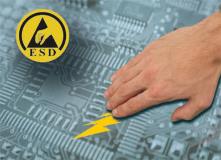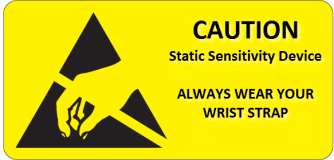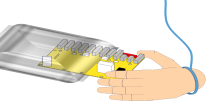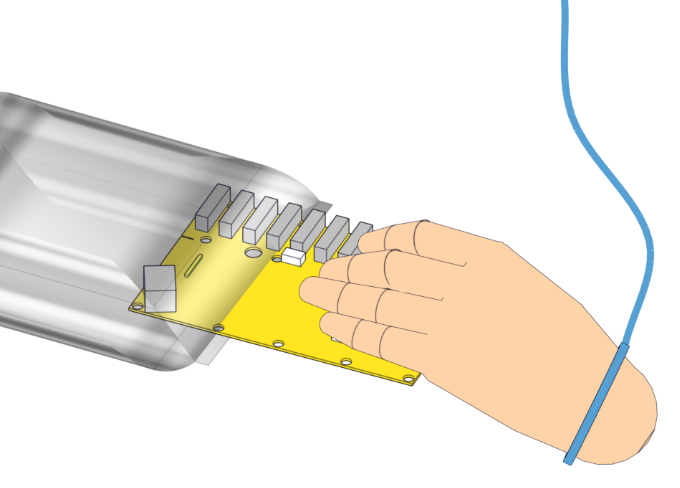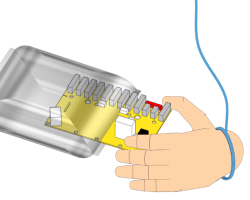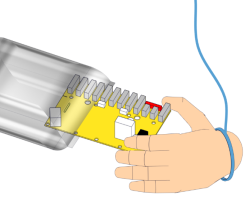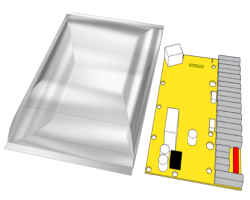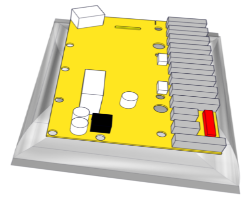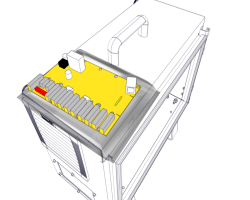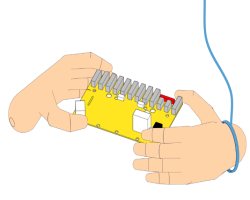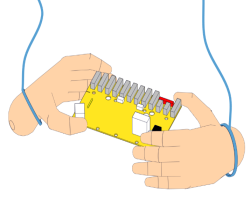Handling Electrostatic Discharge (ESD)-Sensitive Parts
|
Figure 1.0
To prevent damage to ESD-sensitive parts, that is, printed circuit board (PCB), follow the instructions below in addition to all the usual precautions, such as turning off the power before removing the PCB. See section Complete Rebooting Sequence. Be sure you have intact ESD wristband and a spare ESD bag before replacing any ESD-sensitive parts.
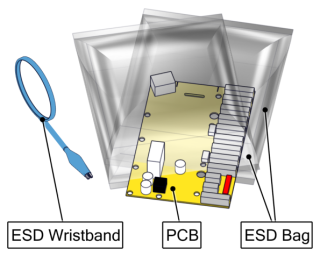 Figure 1.1 ESD wristband, PCB, ESD bag
|
|
Keep the ESD-sensitive part in its original shipping container (a special "ESD bag") until the part is ready to be installed.
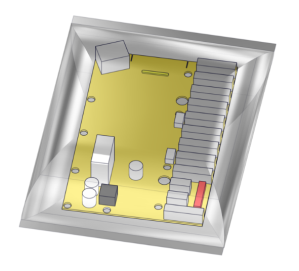 Figure 1.2 ESD bag |
|
|
Put the ESD wristband on your wrist. Connect the wristband to the system ground point. It discharges any static electricity in your body to ground.
|
|
|
Replacing an ESD-sensitive part in a safe way is important to avoid damage to the part. It is important to take precautions when handling an ESD-sensitive part.
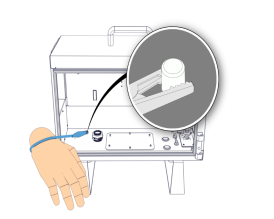 Figure 1.3. ESD wristband connection to the system ground Hold the ESD-sensitive part by its edges. Do not touch its pins or hold directly on any exposed prints.
|
Figure 1.4 Correct and incorrect PCB handling First place the OLD part in the spare ESD bag, then take out the NEW part of the ESD bag.
|
|
Do not place the ESD-sensitive part on nonconductive material or on metal tables/surfaces. If you must put down the ESD-sensitive part for any reason, then first place it into the ESD bag.
|
Figure 1.7. Wrong placement of ESD-sensitive part Machine covers and metal tables/surfaces are electrical grounds. They increase the risk of damage because they make a discharge path from your body through the ESD-sensitive part. (Large metal objects can be discharge paths without being grounded.)
|
Figure 1.8. Wrong placement of ESD-sensitive part in metallic surface If handing an ESD-sensitive part to another person, ensure both are wearing ESD wristband, attached to the system ground point.
|
Figure 1.9. Improper and proper handing of PCB to another user. Extra care is needed when working with ESD-sensitive parts during cold weather and when heating is used, because low air humidity increases accumulation of the static electricity.
|
